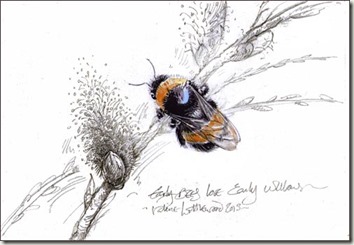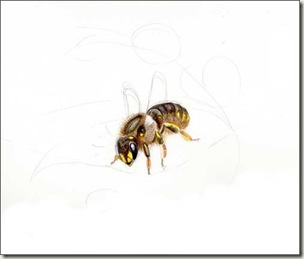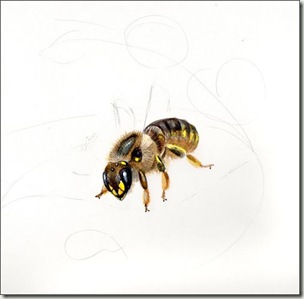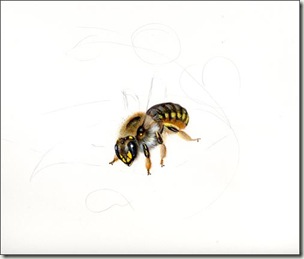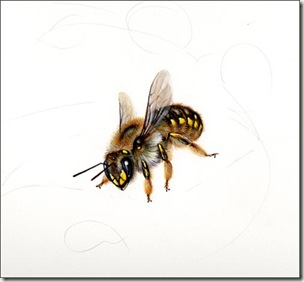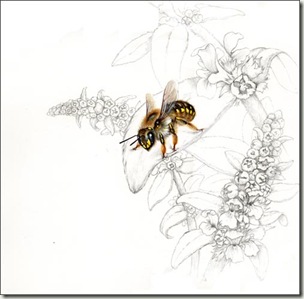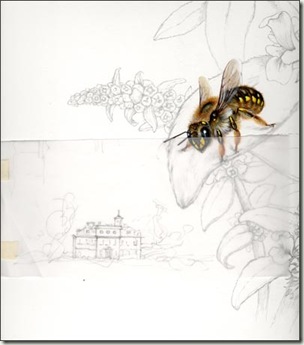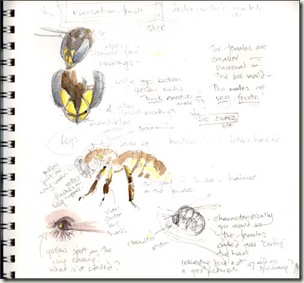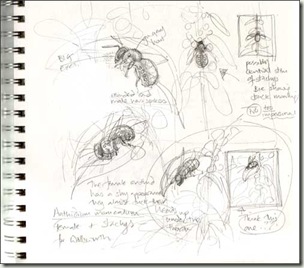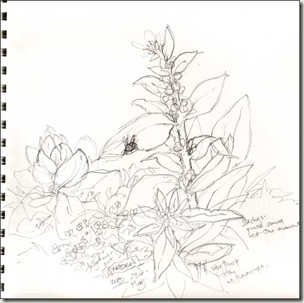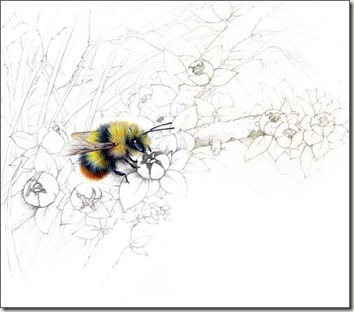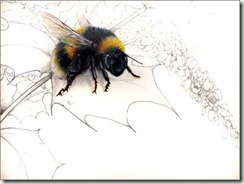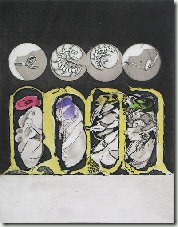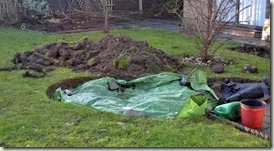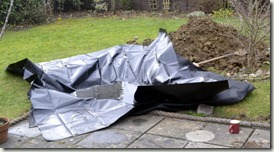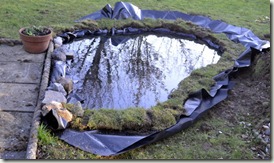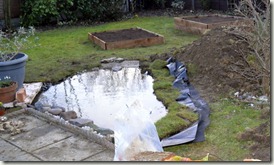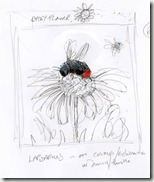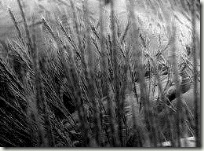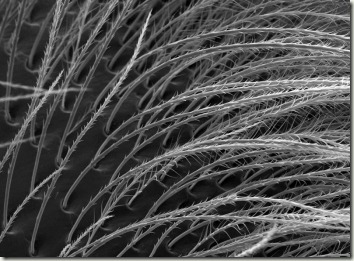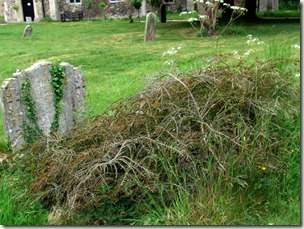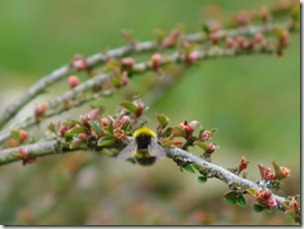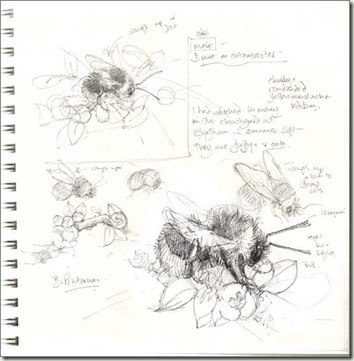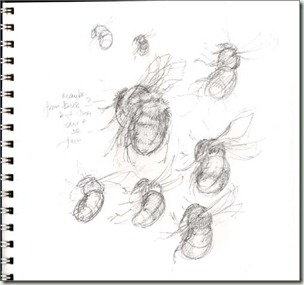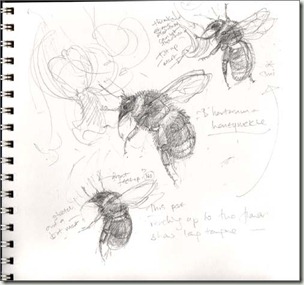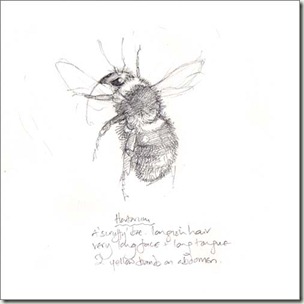I have spent many, many hours over the past month reading books, seed catalogues and online advice about how to plan the garden, what to plant, where and why.
The planning has involved a lot of staring at the mud patch, a huge amount of digging and moving barrow loads of soil from A to B and then on to C and sometimes back to A again.
We have added a couple of new paths, constructed two simple raised beds, (hopefully correctly placed and orientated) and excavated a small hole, now plastic lined and water filled which will, without doubt, become a magnificent wildlife pond.
Some fascinating pond progress:




It’s a small thing, but wonderful because a patch of shimmering sky has suddenly appeared in the lawn and, when the light is right, is bounced up into the kitchen to dance high on the tops of the cabinets and ripple on the ceiling..Quite lovely.
Planting the pond This is not my first pond but the first I have tried to create with regard to native plants and wildlife. Luckily I found the extremely helpful Puddleplants who can provide wildlife friendly collections for native and ornamental ponds.
So the pond is now started and after some excellent advice from Annette at Puddle, the first plants to go in are:
Deep water plant: Fringe Lily,
Oxygenator: Starwort
Marginals: Marsh marigold, Purple loosestrife, Yellow flag, Water mint, Forget me not, Bog bean, Brooklime, Cotton grass, Carex and Penny Royal.
I will add more as they become available, but (and this is doomed to fail) will try not to plant too much. It’s a problem because I tend to get over-excited about the possibilities and over-optimistic about the greenness of my fingers.
I am beginning to edge the pond with stones, have made two escape slopes for hedgehogs and small mammals, have an overhang to create a shade area and some old roof tiles and bits of wood waiting to be placed around the edge which will give cover for frogs etc.
I won’t be having any fish.
Advice indicates they are not compatible with other wildlife, although I did like to see the brilliant orange flashes of my small goldfish in the previous pond who, for years, seemed to share their home companionably with frogs, newts and sticklebacks.
And more working bee drawings… Working on the the garden, revising the rats nest of electrics in the roof and trying to get some heart into the ugly bungalow by opening up the chimney for a woodburner, seem to have caused a huge and disproportionate amount of mess and chaos.
Everything has been covered in plaster dust and mud and my work room has been piled up with “stuff” so artwork has had to take a back seat for a couple of weeks.
But I am back to the working sketches now and to Bombus lapidarius, the Red Tailed or Stone, Bumble Bee. I never get tired of watching this bee. Luckily for us they are very common.
The queens are big and extremely beautiful, so very velvet black and so very flame red. They were the stars of my bee walks at Heligan. Every day for two weeks, at 2.00 pm, perfectly on cue, the workers zoomed in and out of their nest.
We would walk over to a patch of rather unpromising ground by a tree where there was a small hole in the earth. “Just watch” was all I had to say. The Oohhs, Ahhhs and delighted smiles were very rewarding.
They like to nest on the ground, under things, often at the base of walls or under sheds (yes…I am hopeful).. hence the name the Stone Bumble Bee. I have been looking out on BWARS for early sightings, one was possibly seen on Christmas Day but nothing reported since then. Looking at the forecast for this week I hope they are still hunkered down.
I am still undecided about the flower. The possibilities are many because they forage from a wide range of plants. Thoughts are maybe a scabious of some kind.


PS. Most fun and satisfying recent gardening activity:
buying a cheap garden shredder to chop up the massive pile of mixed hedge loppings and then using them for mulch… How green are we?? …3 hrs of legal and productive destruction…highly recommended 🙂


